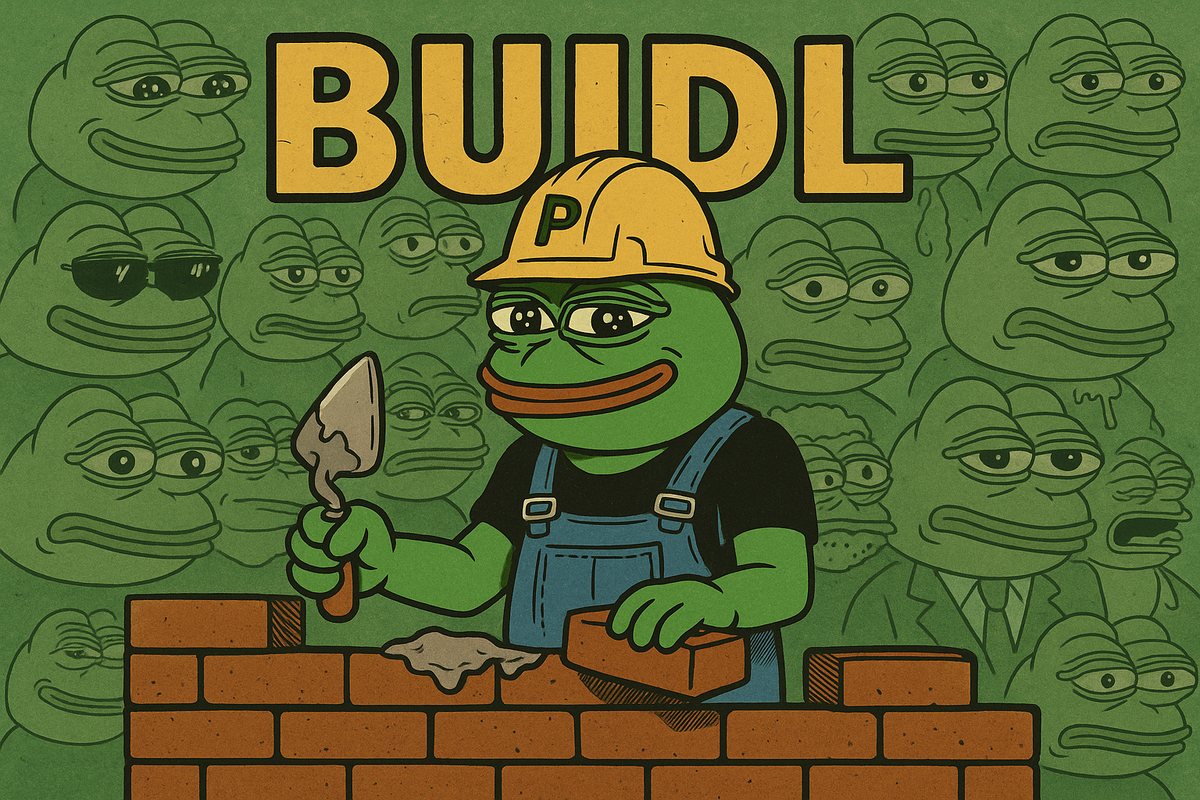Bitcoin’s Meme Culture, Art Evolution, and On-Chain Music Innovation
The August 14, 2025 episode of the Isabel Foxen Duke podcast features Rare Scrilla recounting the evolution of Bitcoin-native art from Rare Pepes on Counterparty to the launch of Fake Rares and early Ordinals inscriptions.

- My 'briefing notes' summarize the content of podcast episodes; they do not reflect my own views.
- They contain (1) a summary of podcast content, (2) potential information gaps, and (3) some speculative views on wider Bitcoin implications.
- Pay attention to broadcast dates (I often summarize older episodes)
- Some episodes I summarize may be sponsored: don't trust, verify, if the information you are looking for is to be used for decision-making.
Summary
The August 14, 2025 episode of the Isabel Foxen Duke podcast features Rare Scrilla recounting the evolution of Bitcoin-native art from Rare Pepes on Counterparty to the launch of Fake Rares and early Ordinals inscriptions. He examines governance disputes, Ethereum’s competitive edge in NFTs, and the creative distribution mechanics that shaped Bitcoin’s meme culture. The discussion also introduces the Beat Blocks protocol for generative on-chain music, underscoring Bitcoin’s durability and censorship resistance as a cultural archive.
Take-Home Messages
- Cultural Permanence: Bitcoin’s decentralized architecture offers unmatched durability for preserving art and music.
- Governance Design: Poorly balanced curation and rules can fragment communities and slow innovation.
- Protocol Advancements: Beat Blocks demonstrates how compression and recursion can expand on-chain creative possibilities.
- Platform Competition: Ethereum dominates NFT markets through funding and network effects but lacks Bitcoin’s archival resilience.
- Engagement Mechanisms: Edition numerology, gamified access, and lore strengthen community participation in Bitcoin art.
Overview
Rare Scrilla recounts his entry into Bitcoin through music, beginning with a Silk Road-inspired concept album in 2014 and culminating in a full commitment during the 2016 market dip. He describes the launch of Rare Pepes on Counterparty in 2016 as a pivotal moment, combining decentralized creation with centralized curation to foster a global art community. These early experiments established Bitcoin’s cultural footprint alongside its monetary role.
He details how governance fatigue and creative disagreements within the Rare Pepe directory led to the formation of Fake Rares in 2021. This alternative platform preserved core cultural elements while relaxing submission rules, enabling broader participation. Distribution mechanics such as themed edition sizes and interactive access models became hallmarks of the new movement.
Rare Scrilla reflects on Ethereum’s growing dominance in NFT markets after 2018, attributing its lead to deeper funding, institutional partnerships, and curated events that often excluded Pepe-associated artists. Despite these advantages, he emphasizes Bitcoin’s permanence and resistance to censorship as decisive qualities for artists seeking to safeguard their work. He sees the divergence between ecosystems as both a competitive challenge and a philosophical divide.
In 2023, Rare Scrilla became one of the first to inscribe both art and music on Ordinals, including DJ Pepe as inscription #455. His collaboration on the Beat Blocks protocol enabled generative music using compressed Opus files, dramatically reducing storage costs on Bitcoin. He frames this innovation as part of a broader effort to make Bitcoin the definitive platform for culturally significant, censorship-resistant works.
Stakeholder Perspectives
- Bitcoin Artists: Seek permanence, creative autonomy, and technical tools tailored for censorship-resistant cultural production.
- Collectors: Value the scarcity, provenance, and durability of works stored on Bitcoin over speculative trends.
- Developers: Aim to improve efficiency, scalability, and creative potential for storing and interacting with media on-chain.
- Ethereum NFT Platforms: Maintain market dominance through funding and user networks but face competitive pressure from Bitcoin’s archival strength.
- Policy Advocates: Monitor cultural applications of Bitcoin as indicators of its social adoption and resilience against censorship.
Implications and Future Outlook
The continued development of Bitcoin-native art hinges on balancing openness with quality control. Lessons from Rare Pepes and Fake Rares suggest that governance models must avoid both over-centralization and unchecked submission flows. Without this balance, creative momentum risks dissipating into fragmented niches.
Technical progress, exemplified by Beat Blocks, demonstrates that file compression and recursive techniques can expand Bitcoin’s role beyond static images. If widely adopted, such tools could make complex media feasible for permanent on-chain storage, positioning Bitcoin as the preferred cultural ledger. Broader adoption will require marketplaces and discovery tools that can surface quality content without imposing restrictive gatekeeping.
Bitcoin’s cultural use cases also serve as a proving ground for its resilience under contentious political climates. As more artists store politically sensitive or controversial works on Bitcoin, the network’s role as a censorship-resistant medium will be tested in practice. The results could influence how policymakers, platforms, and artists approach decentralized cultural preservation in the coming decade.
Some Key Information Gaps
- What competitive strategies can Bitcoin-based art adopt to reclaim market share from Ethereum? Identifying viable approaches can help strengthen Bitcoin’s position in digital art markets.
- How can governance disputes within Bitcoin art communities be resolved without fragmenting the ecosystem? Clear frameworks can preserve collaboration and reduce destructive splits.
- What further technical innovations could reduce costs for large on-chain art and music files? Advancements will expand the range of feasible creative projects on Bitcoin.
- How can educational outreach clarify the diverse and non-political uses of meme culture in Bitcoin art? Public understanding can protect cultural projects from reputational harm.
- What redundancy measures can guarantee the preservation of Bitcoin-based art for decades? Durable storage strategies are essential for cultural longevity.
Broader Implications for Bitcoin
Decentralized Cultural Infrastructure
Bitcoin’s role as a platform for art and music storage could inspire new models of cultural infrastructure that bypass centralized institutions. Over time, this may erode the dominance of corporate platforms in determining what cultural works are preserved. Such a shift would give communities greater control over their own heritage, independent of political or commercial pressures.
Competitive Differentiation in Digital Art
By focusing on permanence, provenance, and censorship resistance, Bitcoin art ecosystems can differentiate themselves from Ethereum’s more speculative NFT market. This strategic positioning could attract creators who prioritize archival integrity over short-term profit. Over several years, such a niche could evolve into a recognized premium segment in global digital art.
Technological Spillovers from Media Innovation
Advances in file compression, recursion, and generative protocols developed for Bitcoin art could influence other sectors requiring efficient, verifiable storage. Industries such as scientific data archiving, journalism, and open education could adopt these techniques. This cross-pollination would reinforce Bitcoin’s image as a multipurpose infrastructure beyond finance.
Cultural Diplomacy and Soft Power
As culturally significant works from diverse regions are stored on Bitcoin, the network could become a global commons for art and expression. This role would enhance Bitcoin’s soft power, positioning it as a neutral ground for intercultural exchange. Such a development could influence diplomatic and cultural policy in jurisdictions evaluating Bitcoin’s societal value.



Comments ()